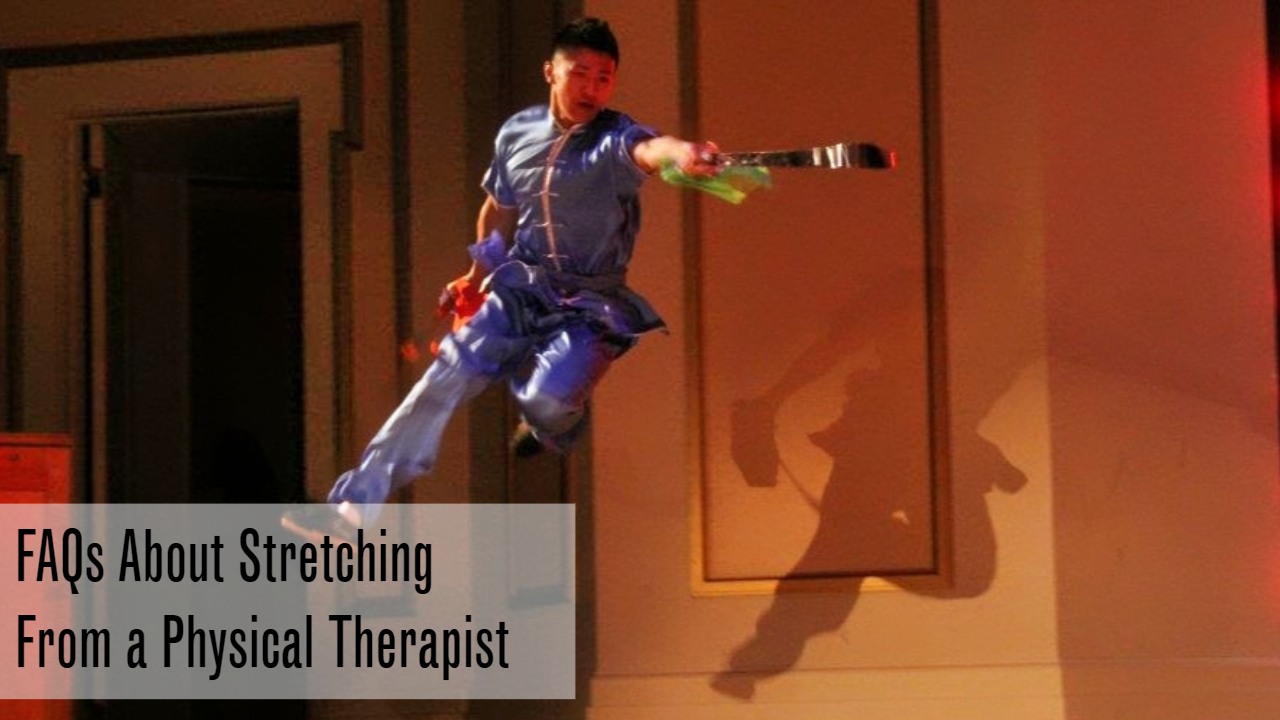FAQs About Stretching From a Physical Therapist

I have practiced martial arts for as long as I can remember and the thing that has always been emphasized during my training is the importance of stretching. Whether it be to hold a forward/middle split or kick something over my head, stretching has always been a part of my workout routine. However, it wasn’t until I became a physical therapist that I learned exactly what was happening to my body while stretching and, like everything else, stretching can have both positive and negative effects. Here are a couple of FAQs about stretching I have learned since becoming a physical therapist.
FAQs about stretching
What is stretching?
Stretching is a type of physical exercise that involves placing your joints into positions that specifically lengthen the muscles, tendons, and other soft tissue structures that cross and are responsible for stabilizing that joint.
Why is stretching important?
Stretching helps you to gain full, healthy mobility and range of motion of your joints by ensuring optimal lengthening of the structures surrounding the joint.
How long should I stretch for?
To elicit the most beneficial change in tissue flexibility, you should hold each static stretch for 10 – 30 seconds. For dynamic stretching, perform each movement 20 to 30 times.
Is it bad to overstretch?
Overstretching a joint past its normal range of motion can potentially be dangerous as it places increased tension on the ligaments and other non-contractile soft tissue structures around the joint. This can put you at an increased risk of joint instability and injury. In general, you should never stretch into a painful position. Try to keep the intensity of your stretch around a 3-5/10 on a scale where 0 is no stretch and 10 is an intense burning sensation.